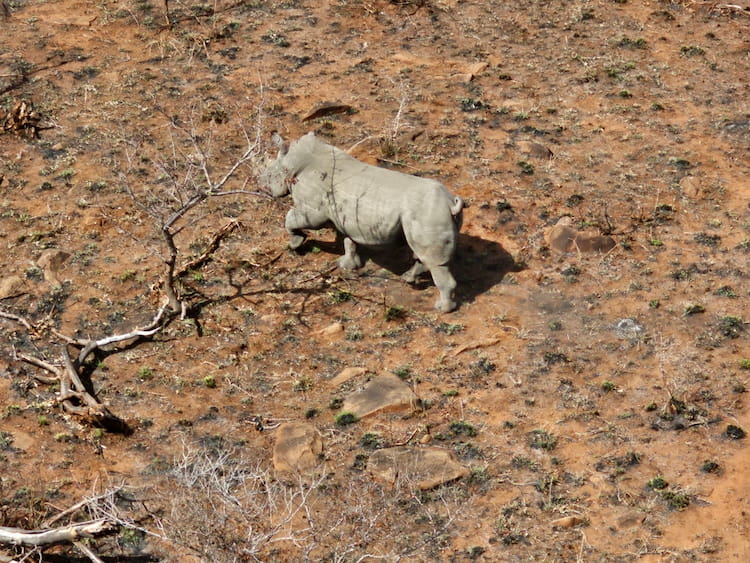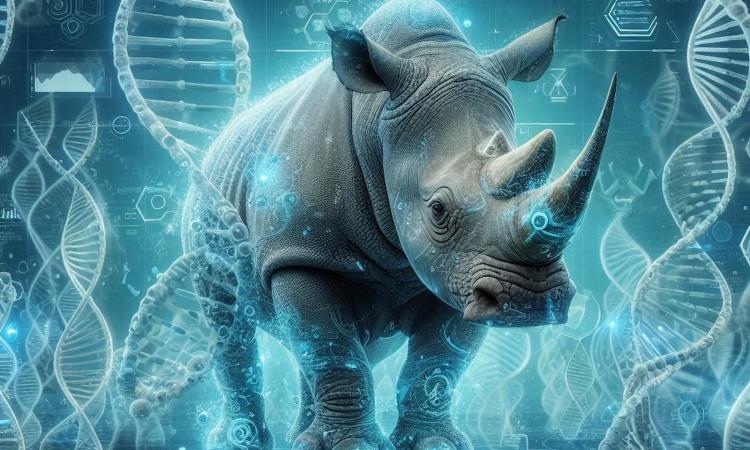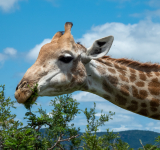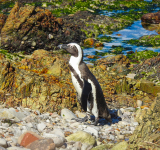The genomics field has transformed the understanding of the natural world in recent years, with the wildlife genomics field receiving much attention. This article explores the fascinating world of wildlife genomics, investigating its applications, benefits, and potential to shape the future of conservation efforts. Wildlife genomics is the study of the genetic material of various animal species to preserve the viability of populations and the biodiversity of living organisms (mammals, birds, reptiles and fish). Researchers can gain critical insights into the challenges faced by wildlife populations and develop evidence-based conservation strategies. This field has numerous and far-reaching applications.

Genomics applications in wildlife
One crucial area is population genetics research, which helps scientists understand how species adapt to changing environments and how they may respond to threats like habitat loss, pollution, and climate change. Scientists can also develop targeted strategies to prevent or manage outbreaks by identifying specific genes or genetic variations associated with disease susceptibility or resistance and species-specific adaptations, thereby helping to protect wildlife populations. The study of evolutionary history is another important application. Scientists can reconstruct evolutionary relationships between different species or populations by comparing genetic information, providing valuable insights into the origins and diversification of wildlife. This knowledge is critical for comprehending biodiversity patterns. A thorough understanding of genetic diversity within and between species, assists in identifying genetically distinct populations and prioritize conservation efforts accordingly. This genomic tool can help resolve taxonomic uncertainties, particularly when species appear similar or have overlapping ranges. Overall, the data generated by this genomics applications can be used to develop targeted conservation strategies that increase the resilience of threatened species while mitigating the effects of environmental stressors.

Wildlife genomics also plays a crucial role in combatting illegal wildlife trade. The genetic material analysis can identify the origin of confiscated wildlife products, aiding law enforcement agencies in their efforts to curb trafficking. Additionally, genetic monitoring can help identify and combat the introduction of invasive species, protecting native ecosystems from potential harm. The approach used in wildlife poaching solutions is the use of DNA analysis to track the origin of illegally traded animal products, such as ivory or rhino horn. By comparing the DNA of seized products to reference samples from known populations, researchers can determine where the poached animals came from, which can help identify poaching hotspots and improve enforcement efforts. The tissue, blood, horn, hair, and even faecal samples from wildlife populations can be collected to extract DNA. The researchers will then decode the DNA sequences of these creatures using advanced sequencing technologies and bioinformatics tools. Therefore shedding light on their genetic diversity, adaptations, and evolutionary history ( See figure 1, for the basic workflow).

How does the genomics tool help others in the industry?
Studying the genetic makeup of wildlife populations can help veterinarians understand the genetic basis of diseases that affect wildlife. Genomic analyses can also help resolve taxonomic uncertainties by providing more accurate information about species identification and relationships, allowing Taxonomists to make better decisions. Wildlife genomics can be used to determine the origin of illegally traded animal products like ivory or rhino horn, providing direct solutions to national police forces. By studying genetic variations and adaptations, scientists can determine the resilience and adaptive potential of species, informing conservation strategies and helping to mitigate the negative impacts of these changes which will greatly benefit the Wildlife Conservationists.
Conclusion
As technology advances and becomes more cost-effective, the field of wildlife genomics is poised for significant growth. The integration of genomics with other disciplines, such as ecology and conservation biology, will provide a more holistic understanding of the intricate relationships between organisms and their environment. Furthermore, embracing genomics tools can shed light on the increasing illegal wildlife trade networks by identifying genetic similarities between different confiscated products. This can help authorities track down the criminal networks involved in poaching and disrupt their operations. Therefore, genomics offers promising solutions for combating wildlife poaching by providing valuable information about species populations, genetic diversity, and illegal trade networks. By leveraging this technology, conservationists and law enforcement agencies can develop more targeted and effective strategies to protect endangered species and preserve biodiversity for future generations.





